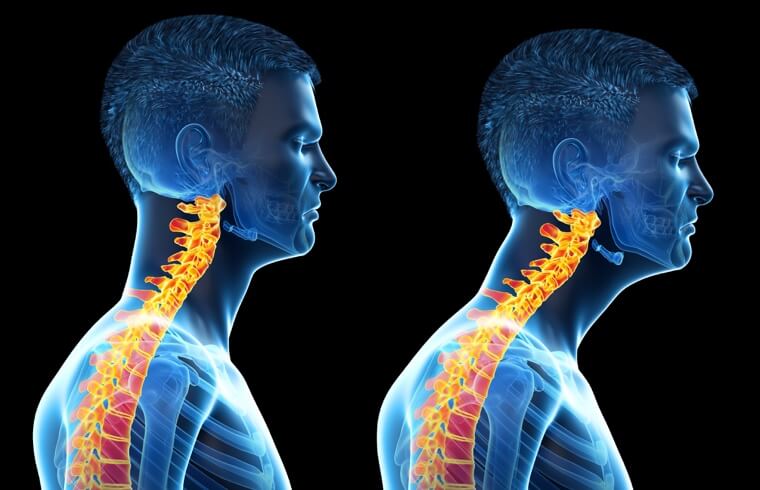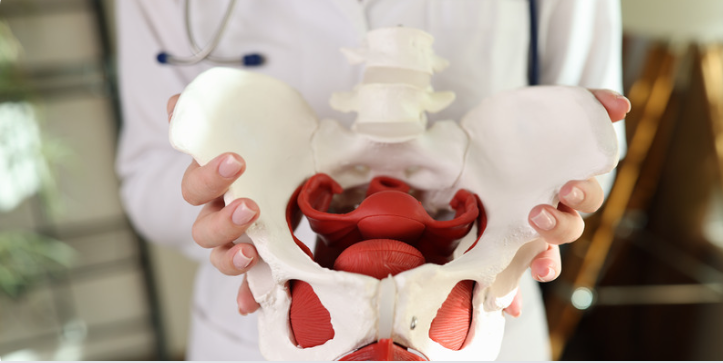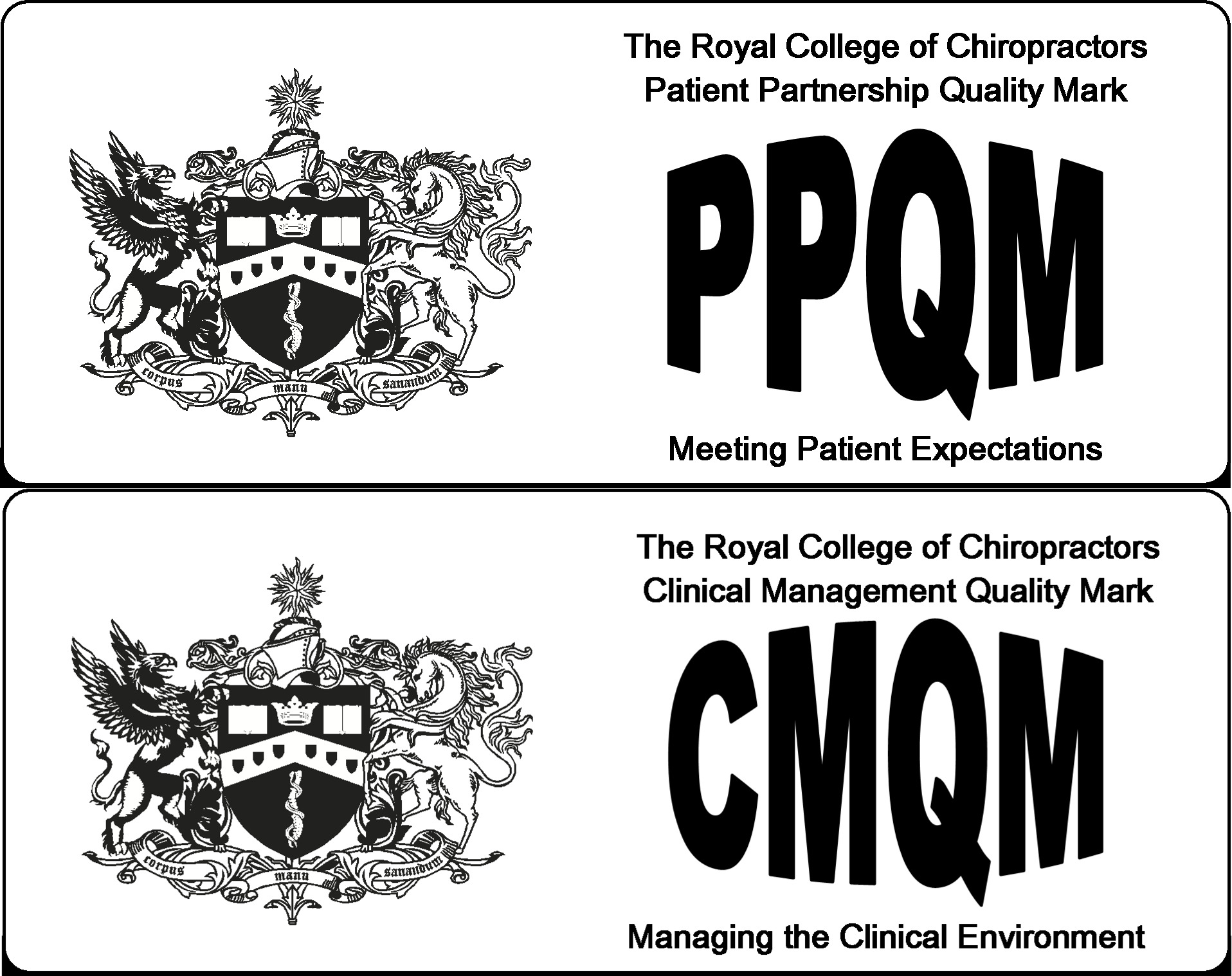Nerve pain, whether from a pinched nerve or sciatica, can be debilitating. It’s really important to grasp the distinctions between these two conditions to ensure that the treatment hits the right mark. In this comprehensive guide, we’ll delve into the symptoms, causes, and treatment approaches, shedding light on the nuances that distinguish pinched nerves from sciatica.
Experience the Benefits of Chiropractic Care Today
Pinched Nerves: Symptoms and Causes
When a nerve gets all squished and squeezed by the tissues around it, that’s what we call a pinched nerve. So it’s like your nerve is getting a bit too much attention from its neighbours, and it doesn’t always appreciate it! This can result from various factors, each contributing to the compression of nerves and subsequent discomfort.
- Poor Posture:
- Incorrect posture, especially during prolonged periods, can lead to chronic compression of nerves.
- Overuse or Repetitive Motion:
- Engaging in repetitive motions or overusing specific muscles can contribute to the pinching of nerves.
- Herniated Discs:
- Disc herniation, a common spinal issue, can exert pressure on adjacent nerves.
- Arthritis:
- Degenerative conditions like arthritis may lead to inflammation, causing nerve compression.
Understanding these causes provides a foundation for effective treatment strategies tailored to each unique case.
Sciatica: Unravelling the Pain Down the Leg
Sciatica, a specific type of nerve pain, involves irritation of the sciatic nerve, which extends from the lower back down the legs. Unravelling the complexities of sciatica involves exploring its primary causes and the distinct symptoms that set it apart.
- Herniated Discs:
- Sciatica often results from the compression of the sciatic nerve due to herniated discs in the lumbar spine.
- Spinal Stenosis:
- Narrowing of the spinal canal can put pressure on the sciatic nerve, leading to radiating pain.
- Piriformis Syndrome:
- Compression of the sciatic nerve by the piriformis muscle can mimic sciatica symptoms.
- Trauma or Injury:
- Accidents leading to nerve compression in the lower back can cause sciatica.
In essence, by understanding these specific causes, individuals can better recognize sciatica’s unique characteristics and seek appropriate treatment.
Differentiating Symptoms: Pinpointing the Pain
Pinched Nerve Symptoms
Understanding the symptoms associated with pinched nerves is crucial for accurate diagnosis and targeted treatment.
- Localised Pain:
- Pinched nerve pain is often concentrated around the area where the nerve is compressed.
- Radiating Pain:
- Pain may radiate along the nerve pathway, leading to sensations of discomfort in various parts of the body.
- Tingling and Numbness:
- Compression can cause sensations of tingling or numbness in the affected region.
- Muscle Weakness:
- Weakness in muscles connected to the affected nerve may become noticeable over time.
Recognizing these symptoms enables individuals to seek timely intervention and prevent potential complications.
Sciatica Symptoms
Sciatica manifests with its own set of distinctive symptoms, typically affecting the lower back, buttocks, and legs.
- Radiating Leg Pain:
- Sciatic pain travels along the sciatic nerve, often reaching the buttocks, thighs, and even down to the feet.
- Burning Sensation:
- Some individuals with sciatica experience a burning or searing sensation in the affected leg.
- Numbness and Tingling:
- Numbness or tingling sensations, usually on one side of the body, are common symptoms.
- Difficulty in Movement:
- Restricted movement or difficulty in moving the leg or foot may accompany sciatic pain.
Recognizing these nuanced symptoms helps individuals and healthcare professionals accurately diagnose and formulate effective treatment plans for sciatica.
Treatment Approaches
Pinched Nerve Treatment
Effective treatment for pinched nerves involves a multi-faceted approach, addressing both the symptoms and underlying causes.
- Rest and Immobilization:
- Allowing the affected area to rest and heal is often the first step in treating pinched nerves.
- Physical Therapy:
- Targeted exercises prescribed by physical therapists can alleviate pressure on the nerve and improve overall function.
- Chiropractic Adjustments:
- Chiropractors utilise precise adjustments to realign the spine and relieve pressure on pinched nerves.
Each of these approaches aims to reduce inflammation, alleviate pain, and promote the healing of pinched nerves.
Sciatica Treatment
The treatment of sciatica involves a combination of strategies tailored to the individual’s specific condition.
- Heat and Cold Therapy:
- Alternating between hot and cold packs helps reduce inflammation and provides relief.
- Medications:
- Pain relievers and anti-inflammatories may be prescribed to manage sciatic pain effectively.
- Chiropractic Care:
- Chiropractic adjustments target the underlying causes of sciatica, providing relief and promoting healing.
The integration of these treatments offers a holistic approach to addressing sciatica, targeting symptoms and facilitating recovery.
Relief at Amersham Chiropractic Clinic
Amersham Chiropractic Clinic stands as a beacon for those seeking relief from pinched nerves and sciatica pain. Our sciatica treatment specialists employ a personalised approach, utilising advanced techniques to address the root causes of nerve pain. Whether it’s a trapped nerve or sciatica, our team is dedicated to providing effective and lasting relief.
Conclusion
In conclusion, understanding the differences between pinched nerves and sciatica is instrumental in navigating the path to relief. Whether seeking specialised care for a trapped nerve or sciatica pain, Amersham Chiropractic Clinic stands as a trusted partner on the journey to a pain-free and healthier life. So don’t let nerve pain control your well-being – take the first step towards relief with our sciatica treatment specialists today. Visit our website to learn more.
FAQs
Can a pinched nerve resolve on its own?
In some cases, rest and proper care may allow a pinched nerve to heal on its own. However, professional guidance is advisable.
Is sciatica always accompanied by lower back pain?
No, sciatica can manifest without lower back pain. The pain is typically concentrated in the buttocks and legs.
How much time does it typically take to bounce back from sciatica?
Recovery time varies, but with appropriate treatment, many individuals experience improvement within a few weeks.
Are there exercises that can worsen pinched nerve symptoms?
Yes, certain exercises may exacerbate symptoms. Consultation with a healthcare professional is recommended before starting any exercise regimen.
Is chiropractic care suitable for chronic shoulder pain conditions?
Yes, chiropractic care focuses on addressing the underlying causes of chronic shoulder pain, providing long-term solutions.
Can chiropractic care provide immediate relief for pinched nerves?
Chiropractic adjustments can offer relief, but the extent and duration may vary based on individual factors.
Can I continue to exercise with sciatica?
Gentle, sciatica-friendly exercises are often recommended. However, it’s crucial to consult with a healthcare provider before starting any exercise program.
Are trapped nerves and sciatica preventable?
Adopting good posture, staying active, and maintaining a healthy lifestyle can contribute to preventing pinched nerves and sciatica.






